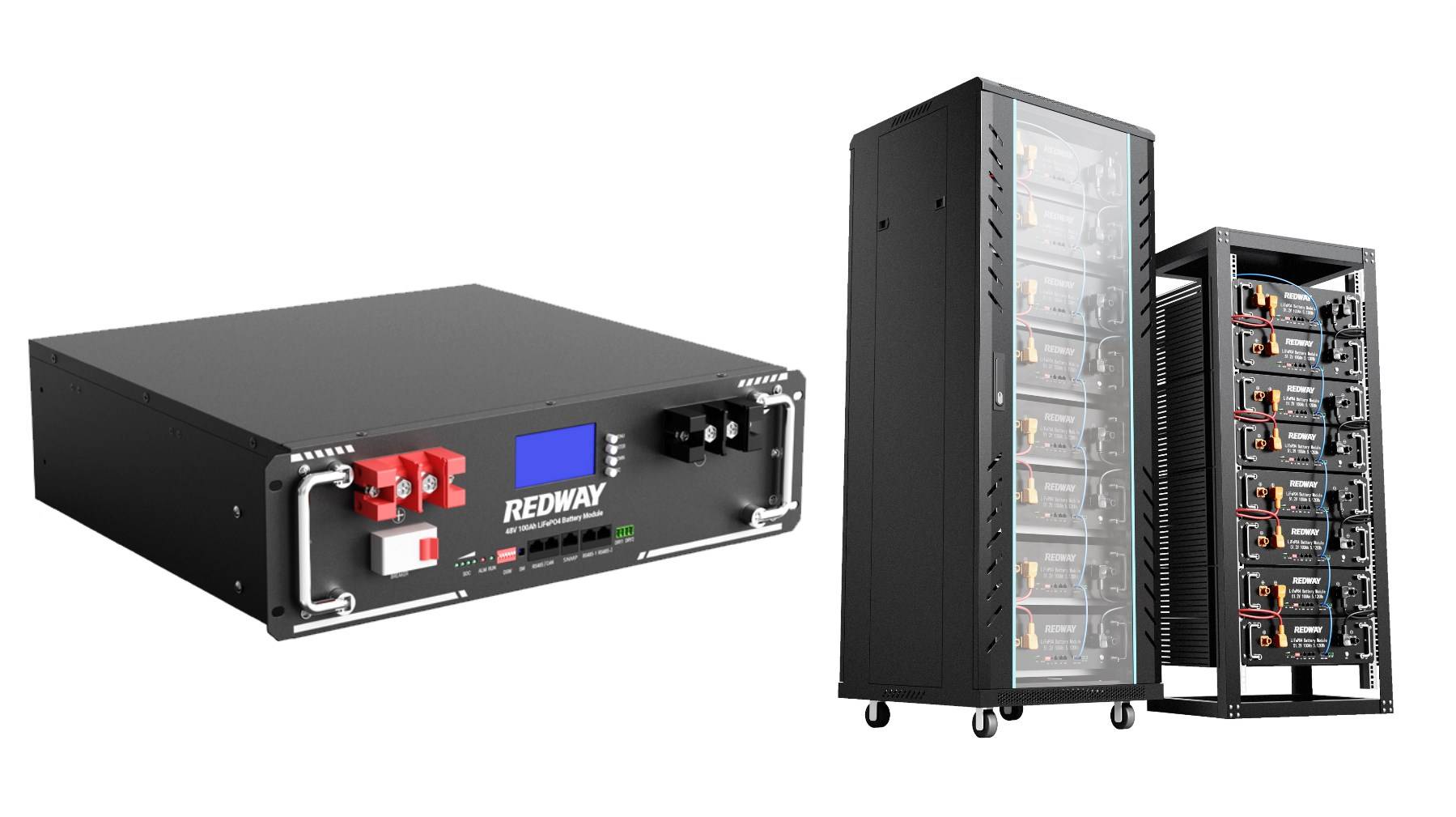Power storage walls are innovative solutions that store excess electricity generated from renewable sources, such as solar panels, for later use. By effectively managing energy consumption, these systems can significantly reduce electricity costs and enhance overall efficiency. This guide explores how power storage walls work, their benefits, and their contribution to a sustainable future.
What is a power storage wall?
A power storage wall is a battery-based energy storage system designed to capture and store electricity for later use. These systems can be integrated with renewable energy sources, such as solar panels, to maximize energy efficiency and provide backup power during outages. They typically consist of lithium-ion batteries housed in a compact unit that can be mounted on walls.
| Component | Function |
|---|---|
| Battery Pack | Stores electricity |
| Inverter | Converts DC electricity to AC for home use |
| Charge Controller | Manages charging and discharging |
How do power storage walls work?
Power storage walls function by storing excess electricity generated from renewable sources or drawn from the grid during off-peak hours. When demand increases or during outages, the stored energy is released to power home appliances. This process involves converting direct current (DC) from the batteries into alternating current (AC) for household use.
What are the key components of a power storage wall?
Key components include:
- Battery Pack: The core component that stores electrical energy.
- Inverter: Converts DC from the battery to AC for household use.
- Charge Controller: Regulates the flow of electricity to and from the battery.
- Monitoring System: Provides real-time data on battery status and performance.
| Component | Description |
|---|---|
| Battery Pack | Stores electrical energy |
| Inverter | Converts DC to AC |
| Charge Controller | Manages charging and discharging |
| Monitoring System | Tracks performance and usage |
What are the benefits of using power storage walls?
The benefits of using power storage walls include:
- Cost Savings: Reduces reliance on grid electricity, especially during peak pricing periods.
- Energy Independence: Allows users to generate and store their own electricity.
- Backup Power: Provides reliable backup during outages, ensuring essential devices remain operational.
- Environmental Impact: Supports the use of renewable energy sources, reducing carbon footprints.
| Benefit | Description |
|---|---|
| Cost Savings | Lowers electricity bills |
| Energy Independence | Reduces reliance on grid electricity |
| Backup Power | Ensures continuous operation during outages |
| Environmental Impact | Promotes renewable energy usage |
How do power storage walls help reduce energy costs?
Power storage walls help reduce energy costs by allowing homeowners to:
- Store Excess Energy: Capture surplus solar power generated during the day for use at night or during cloudy weather.
- Avoid Peak Rates: Draw stored energy during peak hours when electricity prices are higher, minimizing reliance on grid-supplied electricity.
- Participate in Demand Response Programs: Some utilities offer incentives for reducing usage during peak demand times, which can further lower costs.
What role do renewable energy sources play in power storage?
Renewable energy sources play a crucial role in enhancing the effectiveness of power storage walls by:
- Providing Clean Energy: Solar panels generate clean electricity that can be stored and used later.
- Reducing Carbon Footprint: Utilizing renewable sources decreases dependence on fossil fuels.
- Maximizing Self-Consumption: Storing excess renewable generation ensures more efficient use of produced power.
What factors should you consider when selecting a power storage wall?
When choosing a power storage wall, consider:
- Capacity Needs: Assess how much stored energy you will need based on your consumption patterns.
- Compatibility: Ensure it integrates well with your existing solar system or electrical setup.
- Warranty and Support: Look for products with good warranties and customer support options.
How do different power storage technologies compare?
Comparing various power storage technologies reveals differences in efficiency, cost, and application:
- Lithium-Ion Batteries: High efficiency and long lifespan but higher upfront costs.
- Lead-Acid Batteries: Lower initial cost but shorter lifespan and less efficiency compared to lithium-ion batteries.
- Flow Batteries: Suitable for large-scale applications; however, they are bulkier and have lower energy density.
| Technology | Efficiency | Lifespan | Cost |
|---|---|---|---|
| Lithium-Ion | High (90%+) | 5-15 years | Higher upfront cost |
| Lead-Acid | Moderate (70%-80%) | 3-5 years | Lower upfront cost |
| Flow Batteries | Moderate (70%-80%) | 10+ years | Higher installation cost |
Buy Wholesale Battery Tips
For those considering wholesale purchases of batteries or related products, partnering with a reliable manufacturer like Redway Battery, known for its extensive experience in lithium battery production, is crucial. To make OEM orders effectively:
- Define your specifications clearly.
- Communicate regularly with the manufacturer throughout the process.
- Ensure compliance with safety standards.
Industrial News
Recent advancements highlight significant growth in demand for residential and commercial battery systems as consumers increasingly seek sustainable solutions for reducing energy costs and enhancing reliability during outages.
Redway Expert Views
“Investing in quality battery solutions not only provides reliable power but also supports long-term cost savings and sustainability,” states an expert from Redway Battery.
FAQ Section
- What is a power storage wall?
A power storage wall is a battery system that stores excess electricity for later use, often integrated with renewable sources like solar panels. - How much can I save with a power storage wall?
Savings vary based on electricity rates, consumption patterns, and solar generation but can significantly reduce monthly utility bills. - Are there maintenance requirements for these systems?
Most require minimal maintenance; however, regular checks on connections and battery health are recommended to ensure optimal performance.



